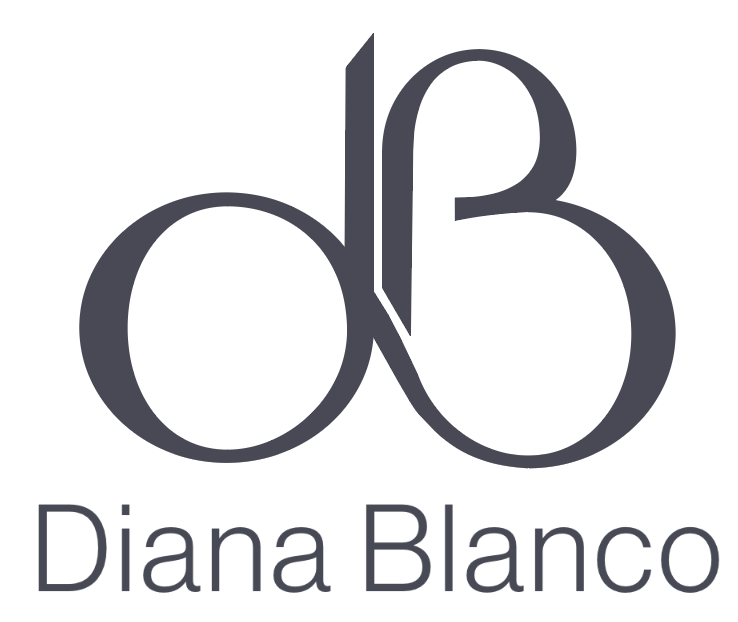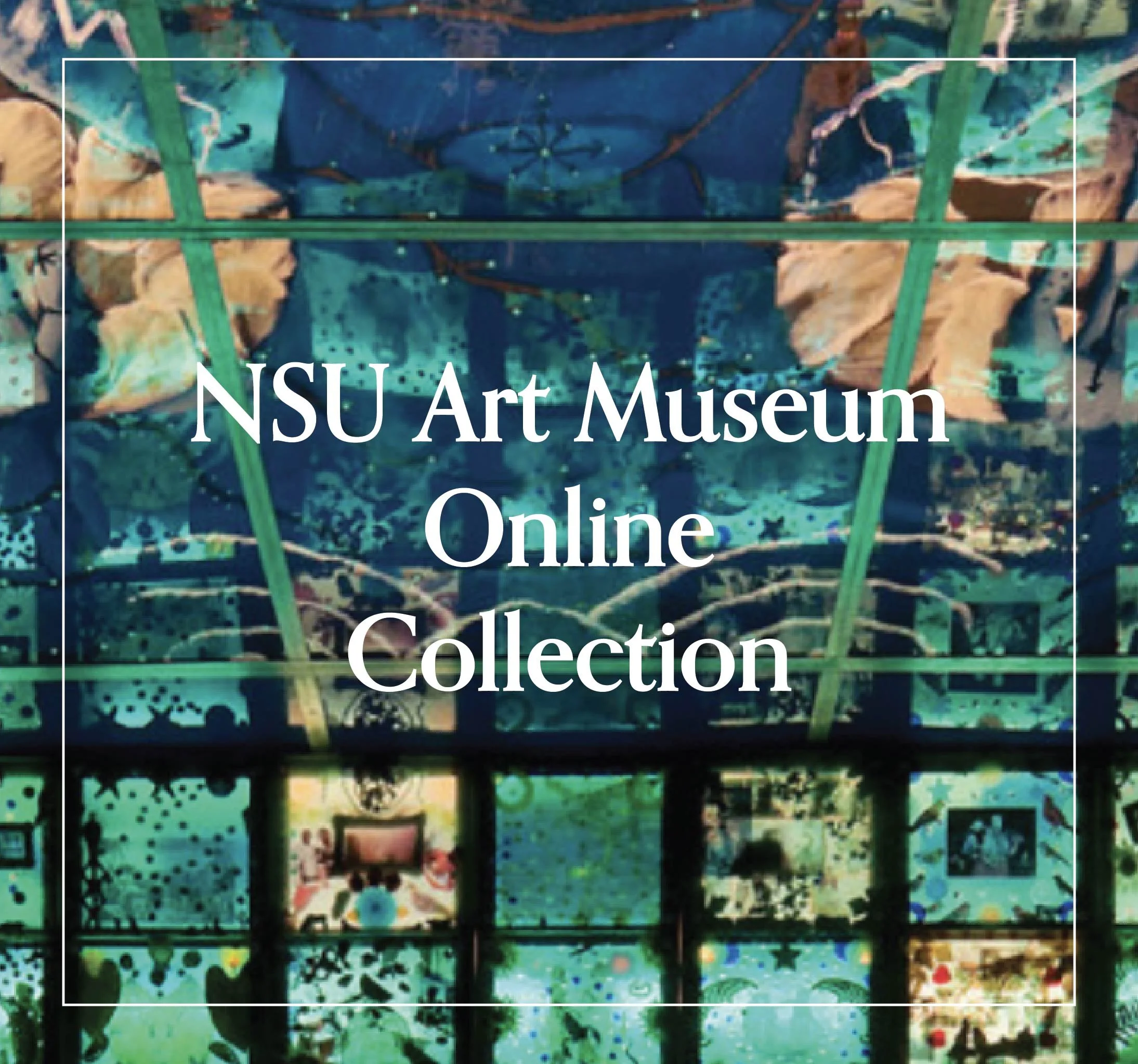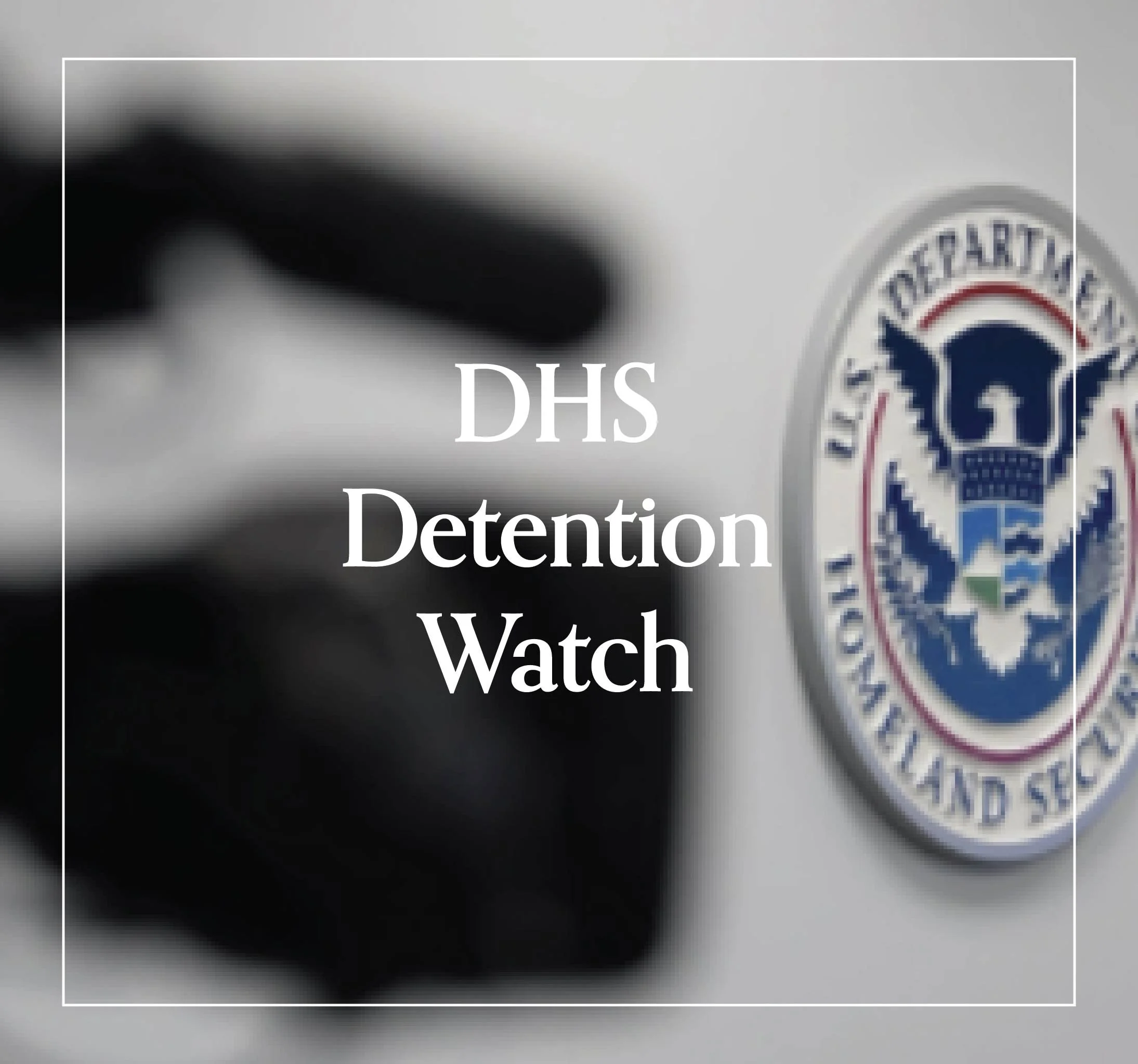PlantQuest: Forgotten Canopy Conference Workshop
Mobile application development to map ephemeral architecture plants in the UCLA Mildred E. Mathias Botanical Gardens
CONTRIBUTIONS
PROJECT DESCRIPTION
The members of the core organizing team of “The Forgotten Canopy: Ecology, Ephemeral Architecture, and Imperialism in the Caribbean, South American, and Transatlantic Worlds, Conference 1: Ecology” conference at UCLA, were faced with the challenge of creating an engaging workshop that would allow attendees to explore and locate plants used for architecture within the beautiful UCLA Mildred E. Mathias Botanical Garden. The challenge for this workshop laid in the lack of an existing map with a complete plant inventory, low Wi-Fi signal, and no availability of GPS equipment, all while requiring finding and designing a solution in less than a week. With these limitations in mind, I embarked on a brainstorming and troubleshooting session to devise a unique solution, utilizing open-access, user-friendly software that would elevate the workshop experience and provide the desired results.
Harnessing the wide range of open-access ArcGIS tools, I developed a Survey123 form equipped with image sharing and geolocation capabilities. This solution utilized the attendees's built-in cell phone GPS capabilities, eliminating the need for cumbersome and costly GPS devices and manual extraction of metadata and geolocation information from images. By seamlessly integrating with an ArcGIS map and dashboard in real time, the application revolutionized the way participants interacted with the garden and the content of the conference.
With this application attendees were empowered with the tools to embark on a tour around the gardens, searching for specific plants and documenting their discoveries. Using their own smartphones, they effortlessly snapped pictures of the plants they encountered, instantly submitting them through the application. In a display of technological efficacy, the application pinpointed their location in real time, providing accurate latitude and longitude information. Not only did the application foster greater interactivity and participation among the attendees, but it also provided immediate statistics on mapping progress and the number of plants found. This real-time feedback enhanced the workshop experience and allowed the organizers to recognize and award participants who showcased exceptional botanical recognition skills.
This project speaks directly about the ingenuity and collaboration potential of the Digital Humanities, as it transformed a simple workshop idea into a truly immersive experience.
PlantQuest plant geolocating and image submission application
SOFTWARE
Illustrator, ArcGIS Maps, Survey123, and Dashboard.
TOPICS
Inventory visualization of the plants found by conference attendees
Instructions for participants on usage of application and geo-location tool for collaborative mapping of ephemeral architecture plants at the UCLA Botanical Gardens







